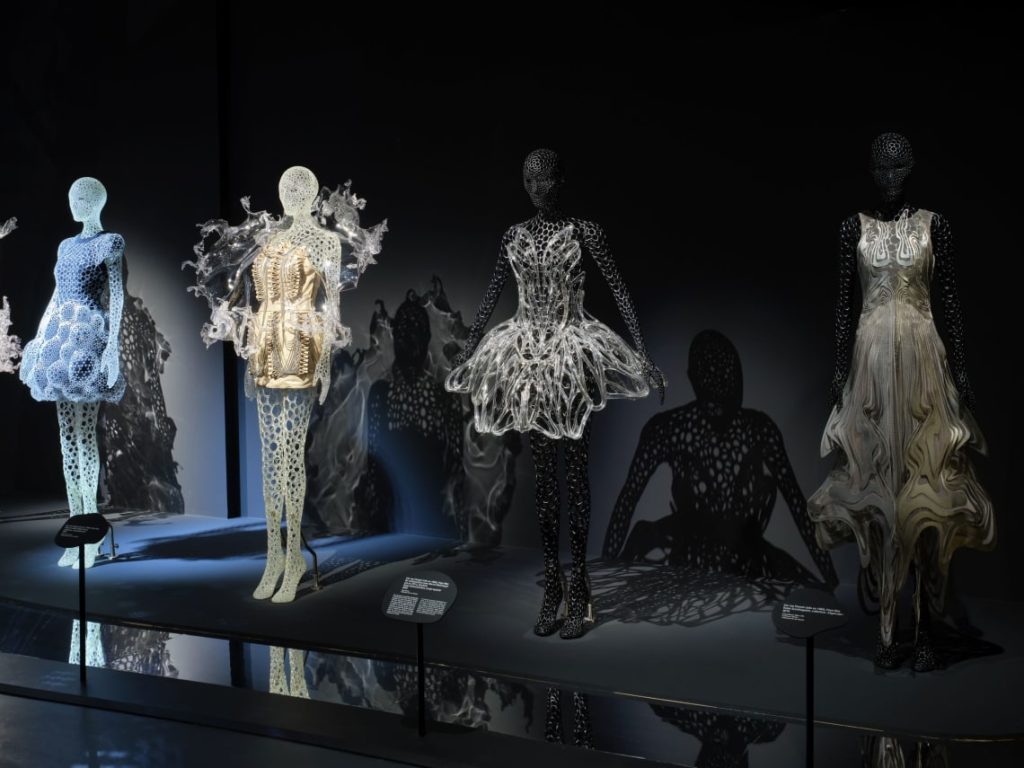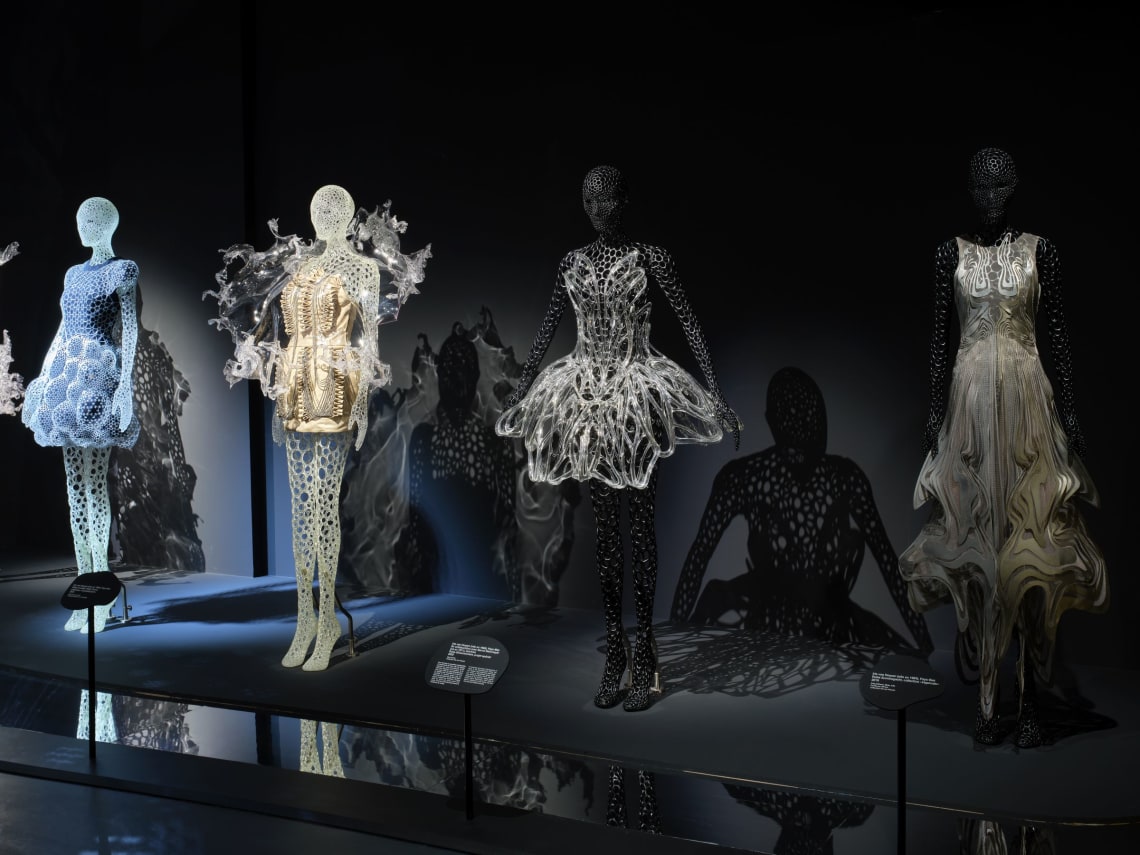
“15 Artists Reveal the Artistic Inspirations That Shape Their Creations”

# 15 Artists Discuss the Creative Inspirations Informing Their Art
Artistic expression is an intensely personal and often enigmatic powerhouse. Each artist taps into a distinct reservoir of experiences, feelings, and perceptions to forge their art, frequently shaped by their environment, personal backgrounds, intellectual interests, or the influence of fellow creatives. In this piece, 15 varied artists unveil the significant and diverse creative inspirations that have molded their work, ranging from music and literature to nature and cultural traditions.
## 1. **James Turrell – Light and Space Awareness**
James Turrell is celebrated for his investigations into light and spatial awareness, crafting immersive experiences that challenge how we perceive our surroundings. “My primary inspiration has always been the sky. I grew up flying gliders with my father, and the sky turned into a canvas of unfiltered light and hues for me,” Turrell shares. His art frequently incorporates natural illumination and vast, open areas, and he attributes his aviation background to his understanding of how light operates and evolves.
## 2. **Kara Walker – Literature on Abolition and Black Historical Awareness**
Kara Walker’s creations engage profoundly with themes of racial trauma, identity, and history. Walker points to abolitionist literature, including the speeches of Frederick Douglass and the writings of Harriet Jacobs, as pivotal influences. “I was raised on narratives about slavery, reconstruction, and Black identity,” Walker states. “These stories illuminated the significance of storytelling, the brutality of erasure, and the necessity of revisiting history to confront power with truth.”
## 3. **Yayoi Kusama – Infinity and Psychological Health**
Japanese artist Yayoi Kusama’s iconic polka dots and infinite spaces are reflections of an intimate creative influence—her own mind. “My visions are the foundation of my artwork. Polka dots symbolize infinity,” she states. Kusama has consistently discussed how her experiences with mental health struggles have inspired her visionary aesthetics, transforming compulsive thoughts into captivating, limitless environments.
## 4. **David Hockney – Digital Innovation and Nature**
Famed for his brilliant, contemporary style and representations of vivid landscapes, David Hockney regards his profound interest in technology as a significant influence on his artistry. “From Polaroid cameras to iPads—I’ve embraced technology to enhance my perception and representation of nature,” Hockney explains. His fusion of traditional methods with innovative tools like digital illustration has positioned him as a pioneer in merging art with technological advancement.
## 5. **Jean-Michel Basquiat – Street Art and Jazz Music**
The late Jean-Michel Basquiat’s unrefined and passionate work drew inspiration from the urban rhythms and jazz sounds surrounding him. “Jazz artists like Charlie Parker and Miles Davis influence me as much as any visual creator,” Basquiat frequently mentioned. His energetic brushwork, mixed media techniques, and integration of graffiti elements captured the improvisational essence of jazz music, highlighting spontaneity and feeling.
## 6. **Frida Kahlo – Mexican Folk Traditions and Personal Suffering**
Frida Kahlo’s creations are an intimate narrative shaped by her fraught life, particularly the physical pain that resulted from a serious bus accident. “I portray myself because I often find myself alone, and I am the subject I am most familiar with,” Kahlo famously observed. Her art is interwoven with Mexican folk art traditions, combined with realistic portrayals of her pain, frequently utilizing symbols such as hearts, tears, and thorns.
## 7. **Banksy – Humor and Social Activism**
The elusive street artist Banksy has garnered global recognition for his politically charged artworks that critique topics like capitalism, war, and consumer culture. “Traditionally, graffiti has always represented rebellion,” Banksy remarked in a rare interview. His inspiration draws heavily from countercultural movements, including punk music and anti-war demonstrations, as well as contemporary global political issues.
## 8. **Ai Weiwei – Chinese Heritage and Rights Advocacy**
Ai Weiwei’s wide-ranging work in sculpture, architecture, and activism explores themes of censorship, freedom of speech, and government oppression. A continual influence on Ai’s creations is his father, Ai Qing, a renowned poet who was exiled during China’s Cultural Revolution. Reflecting this heritage, Ai’s art is not only drawn from China’s cultural narrative but also confronts governmental authority. “Creation, for me, carries a political dimension. There’s no division,” Ai affirms.
## 9. **Jenny Saville – The Human Form**
In the case of Jenny Saville, a British painter known for her large-scale portrayals of the human figure, the foremost influence is the body itself. “I find the human form, with all its details, flaws, and textures, utterly fascinating,” she notes. Inspired by classic artists like Lucian Freud and medical texts, Saville’s transformative portrayals of the human body challenge viewers to reconsider societal standards of beauty and explore human materiality.
## 10. **Zanele Muholi – Que